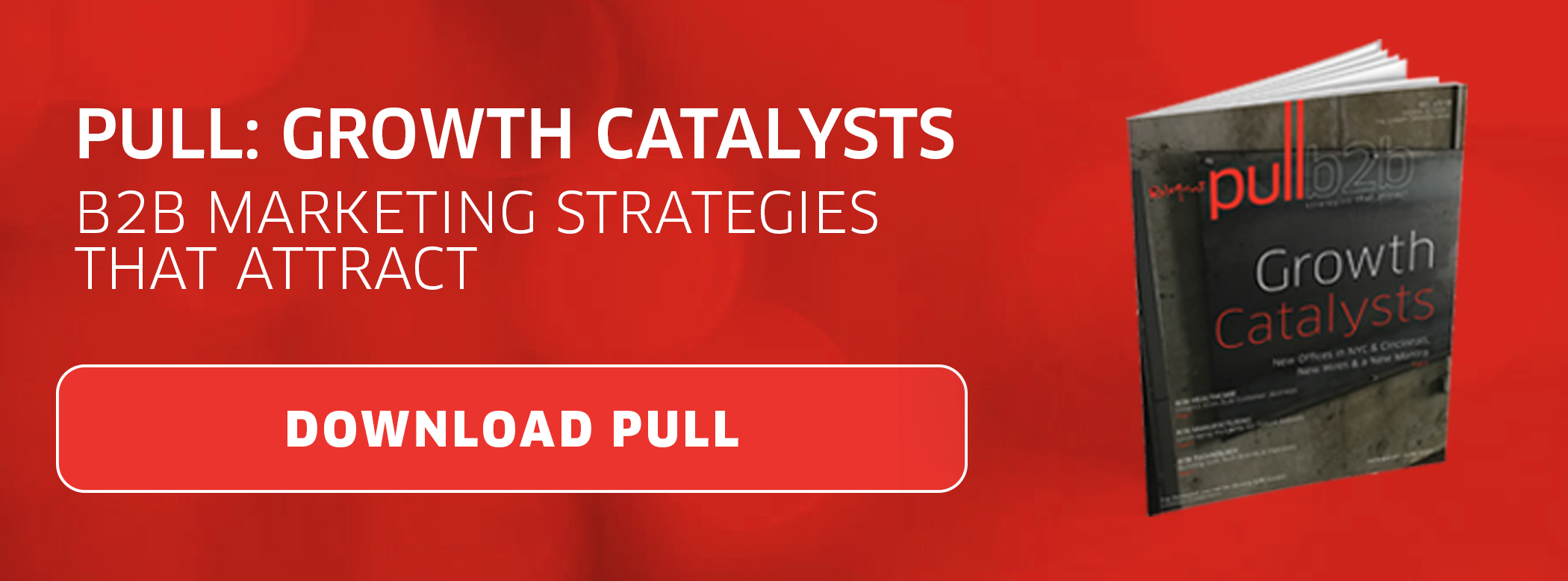 Sometimes, it can seem like your marketing and sales departments aren’t on the same team — or even playing the same sport. Their goals and metrics for success may be wildly different, and they may not even understand the rules the other team is playing by.
Sometimes, it can seem like your marketing and sales departments aren’t on the same team — or even playing the same sport. Their goals and metrics for success may be wildly different, and they may not even understand the rules the other team is playing by.
But when companies successfully align their marketing and sales teams, they are hitting 20 percent annual revenue growth. Lifecycle stages can be the roadmap to how marketing and sales can work together to reach their goals.
Step 1: Define Lifecycle Stages
More than 60 percent of B2B marketers have not identified their marketing and sales lifecycle stages. Identifying and defining these stages will help you organize your contacts and determine where they are in the buyer's journey — something that's essential to know when trying to create a smooth handoff from sales to marketing.
To truly understand lifecycle stages, both marketing and sales must:
- Agree on what the lifecycle stages are;
- Have the same definitions of each stage; and
- Recognize the triggers that move leads from one stage to the next.
Every company classifies lifecycle stages somewhat differently. If you need a starting point for discussion with your own sales and marketing teams, take a look at how HubSpot classifies them:
- Subscribers. These contacts know about your company and have chosen to hear from you periodically, often in the form of regular email newsletters or notifications about your latest blog posts.
- Leads. These visitors have converted into leads, usually by filling out a form that includes some basic information beyond just an email address.
- Marketing Qualified Leads. This group has moved down the funnel a bit and have identified themselves as interested in your solutions, but they need a bit more nurturing until they're ready to move on.
- Sales Qualified Leads. This is a well-nurtured group that's ready for a pitch.
- Opportunities. The pitch has gone over well, and all that's left are a few final considerations before a decision is made.
- Customers. The decision is made and the deal is closed.
- Evangelists. This group of customers is so happy with their experience that they're passing the good news on to their friends and colleagues.
Step 2: Understand the Relay Race of Sales
If you look at the buyer's journey like a relay race where one runner has to carry a baton for a certain distance, then pass it on to a second runner to sprint to the finish, it becomes clearer that the entire journey needs to be a unified effort. It doesn't matter how many runners pass the finish line or how quickly they do it if none of them are carrying the baton.
First, marketing must work through the subscriber and lead lifecycles to produce marketing qualified leads, or MQLs. MQLs have already interacted with some of your content, and are likely to be a good fit for your company. They’re ready to be nurtured based on their needs and problems until they are qualified for sales.
Marketing qualified leads become sales qualified leads when they have engaged with everything marketing has to offer. Now, they’re potential buyers who are ready for the pitch, so it’s time for marketing to hand them off to sales.
Sales must carry the baton through the opportunity lifecycle and across the finish line to complete the sale. They must also stick around after the race in hopes of producing evangelists.
To put these ideas into practice, create a service-level agreement (SLA) that lists the goals of marketing and sales; defines lifecycle stages, MQLs and SQLs; and outlines the exact process by which marketing will hand off leads to sales.
And to make sure no one’s dropping the baton, schedule regular meetings between marketing and sales to review leads and discuss whether the handoff process needs to be adjusted.
Step 3: Think of People, Not Leads
The disconnect between marketing and sales often lies in treating batches of people as just leads. That can lead to marketing blaming sales when deals don't close, and to sales blaming marketing for delivering bad prospects when deals don't close. But these leads are all the same: they’re people.
Every prospect wants to be treated as an individual and receive relevant information while they're researching solutions. In other words, they don't want to be treated like a "lead" — they want to be treated like a human. Lifecycle stages can help you see this very human journey from a broader perspective, and to understand how the whole team can support it. ![]()







 By
By 
